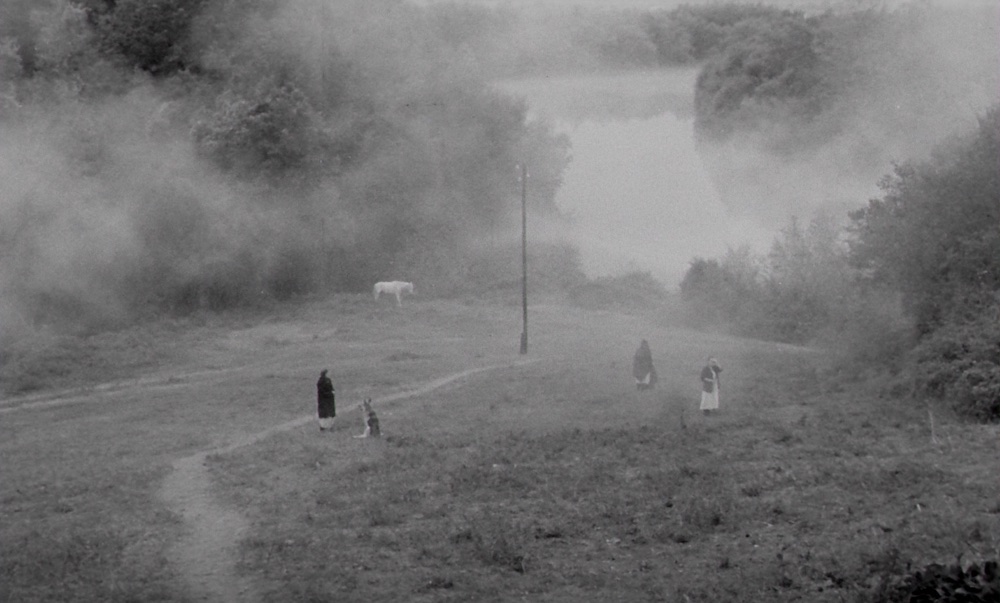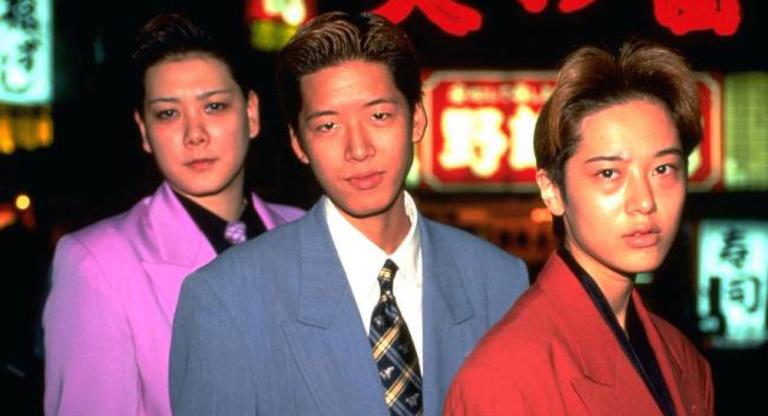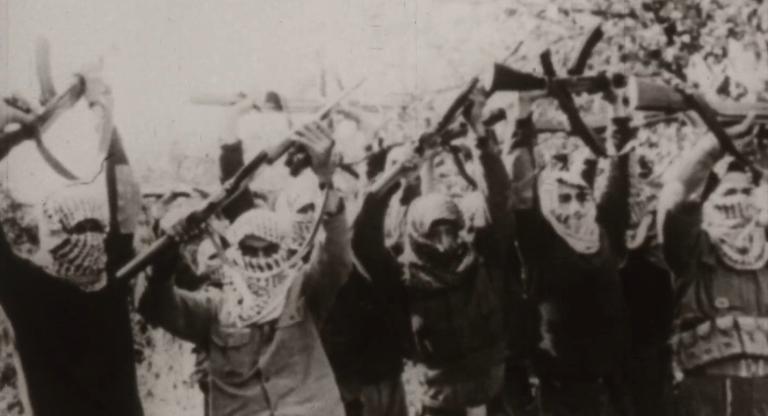Andrei Tarkovsky’s first film made outside the Soviet Union, Nostalghia (1983), begins with an extended black-and-white shot of a few women, a child, and a dog descending a grassy knoll. As the camera floats before this typical Tarkovsky composition, one distant woman turns to face the camera and suddenly, everything stops. The opening credits roll on, but the image, now utterly motionless, grows grainy and flat. The camera catches the viewer enacting the gaze of nostalgia, a gaze that freezes the past in order to manifest what the poet Susan Stewart called “a longing that of necessity is inauthentic because it does not take part in lived experience” in her book On Longing (1993).
Nostalgia is both an ideological and a narrative project. As Tarkovsky grew suspicious of the former, he began to eschew the latter. His pursuit of poetic cinema even saw him give up on linearity altogether with Mirror (1975). Yet the imaginary of that film—a world free from history—is just that: an imaginary and unsustainable fantasy. In order to further explore narrative as the necessary, if potentially dangerous, ordering principle of reality, Tarkovsky had to return to it. Nostalghia recalls the formal structure of his first feature-length film—the tightly plotted Ivan's Childhood (1962)—by evenly intertwining a linear story with his trademark dream sequences, switching between the two at more regular intervals than he does in the rest of his filmography.
Nostalghia’s protagonist, a Russian writer named Andrei, is in Italy with his interpreter, Eugenia, to research a Russian composer who lived there in the eighteenth century. Andrei is homesick for Russia and his national longing is articulated ambiguously through the film’s primary setting, a rainy and isolated Italian village; its ubiquitous religious architecture and iconography, which honor saints long since dead and buried; and most importantly, an old man named Domenico whom Andrei meets on the outskirts of a mineral pool. Domenico is infamous in the village for having locked his family away for seven years in order to protect them from the outside world. He is a fascinating subject for Andrei and the audience because he represents nostalgia taken to its extreme—a nostalgia which, in order to protect its object, elects to drown it in amber. Having rendered his family dead to society by cutting them off from the outside world, Domenico lights himself on fire to the tune of Beethoven’s "Symphony No. 9—Ode to Joy" in the film's haunting penultimate scene. His self-immolation recalls his first interaction with Eugenia, whom he asks, “I don’t smoke, but could I have a cigarette?” She replies, naturally enough, “Of course, seeing as you don’t smoke,” and lights it for him. For Tarkovsky, cinema was never about the rush of the drag. Rather, he desired nothing more, nor less, than desire itself.
Nostalghia begins a week-long run on February 24 at the Roxie in a new 4K digital restoration as part of the series “Timeless Echoes: A Tarkovsky Retrospective.”



